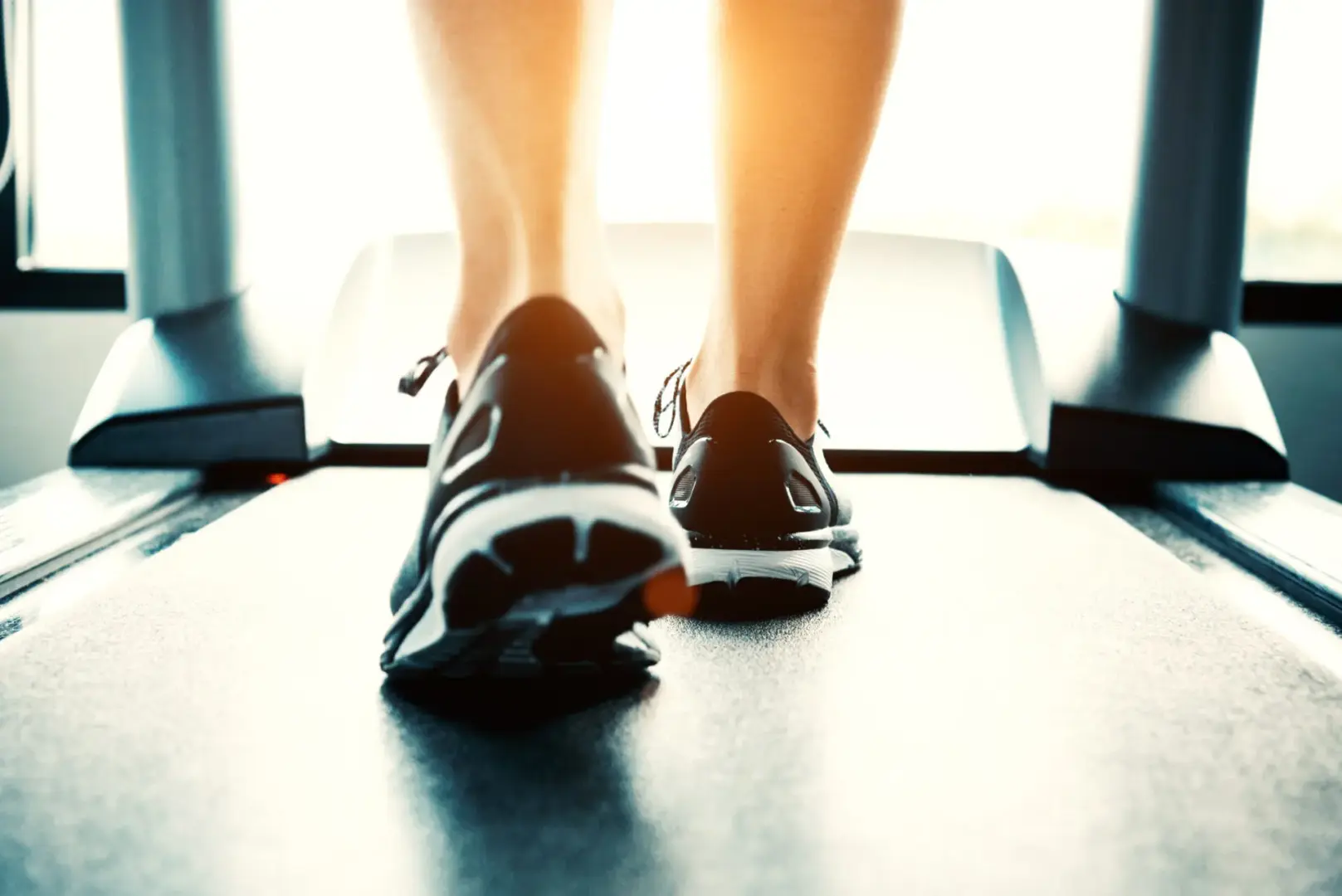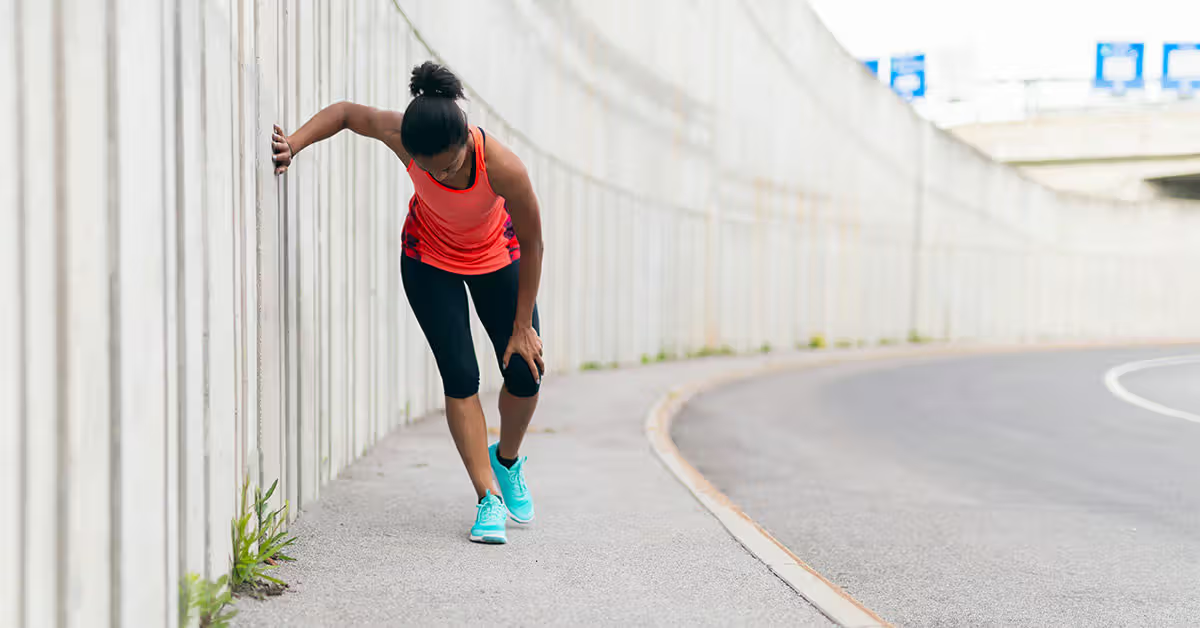A physiotherapist’s suggestions on how to limit your running injuries.
It’s “Global Running Day” on June 4th. There seems to be a “Global” celebratory day for everything in this Brave New World – hooray, here’s your Participation Award. However, as much as I’d like to bash yet another meaninglessly titled day, surely an affair that promotes any form of physical activity is a positive thing? It can’t be any worse for you than Pancake Day and those who subscribe to that as their hobby.
Injuries, however, are not such a positive thing. They can inhibit one’s participation in exercise, or indeed any form of physical activity. Those sustained from running typically come in the form of “overuse” injuries (1). And they can be difficult to treat and manage. Why? Because overuse injuries don’t go away overnight – much to the runner’s ire.
From the latest evidence-based practice and my experience of assessing, treating and managing patients with running injuries, here are some thoughts, tips, and suggestions that might help curtail those niggly running injuries that may befall you.

Too Much, Too Soon
If you are a novice runner and have only recently taken up this glamorous pastime, you will need to build your strength, stamina, and resilience to hit that non-stop 5km goal. A couple of gentle alternating walk/run sessions per week is a good place to start. You can then gradually build to more continuous running or more frequent sessions. If any niggles are experienced, simply take some relative rest and regress to your shorter sessions before building back up again.
If you are a seasoned runner, you should know better. Take the rest. Don’t push through the pain (especially if your foot is hanging off). And don’t expect to come back after being on the side-lines for a few weeks and batter out a continuous 10km in the same time you were doing previously. Pushing past the pain threshold of those inflamed joints/tissues that have only just settled down is a recipe for more pain – and it’ll induce an even more prolonged recovery period the second time around.
The majority of running injuries occur when people run before they can walk: doing too much, too soon (1, 2). Unlike a certain multi-national conglomerate’s widely publicised slogan, here it may be more fitting to proclaim: Just Don’t Do It.
Footwear
Herein lies a contentious topic. To keep this brief: run in whatever you feel most comfortable. What suits one person may be poison to another. Shop around, try different styles, and find what works.
The one consideration to note is when you switch from a shoe that is ultra-padded and supportive to a shoe with a sole reminiscent of cling-film. Much like doing “too much, too soon”, this jump in extremes may cause an injury or flare-up.
Running Gait Analyses
When shopping around for your new shoes, you may notice your local running shop offers the luxury of treadmill video-gait analysis. You get recorded running on the treadmill; discrepancies are found in the way you run; and special shoes that cost you to re-mortgage your house are recommended to fix these discrepancies. Some Physiotherapy clinics also play this game – albeit under the caveat of injury treatment/prevention, or with the promise of improving one’s running efficiency.

Here’s the main consideration to ponder: much like posture, there is no clinically proven “optimal” running pattern – for injuries, or for efficiencies. And if there is no “optimal” pattern, then what is the aim of this expensive endeavour? What “standard” are you trying to meet, if there isn’t one?
There may not be an “optimal” pattern, however, time and again, the majority of overuse running injuries have been shown to result from two factors: excessive hip external rotation and hip adduction. And these can be picked up from video-gait analysis. But, the alterations that are recommended to ‘fix’ these problems are always the same: reduce your stride length, and increase your cadence (1, 3, 4).
Cut out the middle-man. If you are working through a niggling injury, shorten your running stride (which will simultaneously increase the steps you perform). Once the injury settles, work back into your natural pattern, routine, and rhythm.
Treadmill vs Outdoors
Treadmill training may seem abhorrent to running purists. Your speed and incline are controlled with a button; you have no visual/auditory stimuli; you’re typically running on the spot alongside numerous others in confined halls where the air circulation isn’t great (note: don’t go to the gym to treadmill train after an Indian curry). But, this type of running has its merits.
The button control when running on the treadmill typically allows for safer pacing. Changing your speed/incline by needing to press buttons, and thereby adding another dimension to the process of pace-changing, inhibits your ability to travel from zero to 100. This control also allows for more exact measurements of your speed. Furthermore, the padded surfaces of most treadmills and the associated stilts on which they sit have some “give” – they therefore afford more shock-absorption of the forces going through your joints. Running outdoors, on the other hand, challenges your body in more ways than your aerobic fitness: uneven pavements and pathways require strong and conditioned ankles, and pedestrians/cars require quick reactions when playing dodgems. These require higher-level decision making and take focus away from the run itself and how your body is feeling.
Outdoor running may provide the challenge, stimuli, and energy that cannot be achieved on a treadmill indoors. However, treadmills are safe environments that allow for an accurate control of your pace. They are useful devices when managing / recovering from injury, and may provide the first step to re-introducing outdoor running to your regime.

Runners are a breed of people that are driven, ambitious and perseverant. On the flip-side, they can be somewhat stubborn. If some of the above suggestions are disagreeable – far be it from me to recommend otherwise. If you have found adjuncts and regimens that work for you, then have-at-it. However, I do hope the above can be considered in your future management of any running-related ailments – for the safe support of lifelong physical activity that encompasses the International Society for Physical Activity and Health’s mission.
See you on the tarmac on June 4th; I’ll have my expensive new shoes and will be aiming to break my 10km record – I’m just back from a nasty bout of Gluteal Tendinopathy.
For more information on injury prevention guidelines, the National Health Service offers online advice.
Authored by: Alexander Colvin, MSK Physiotherapist |National Health Service, Greater Glasgow and Clyde & Glasgow Caledonian University
References
- Vincent HK, Brownstein M, Vincent KR. Injury prevention, safe training techniques, rehabilitation, and return to sport in trail runners. Arthroscopy, sports medicine, and rehabilitation. 2022;4(1):e151-62.
- Johnston CA, Taunton JE, Lloyd-Smith DR, McKenzie DC. Preventing running injuries. Practical approach for family doctors. Canadian family physician. 2003;49(9):1101-9.
- Vincent HK, Massengill C, Harris A, Chen C, Wasser JG, Bruner M, Vincent KR. Cadence impact on cardiopulmonary, metabolic and biomechanical loading during downhill running. Gait & Posture. 2019;71:186-91.
- Napier C, Cochrane CK, Taunton JE, Hunt MA. Gait modifications to change lower extremity gait biomechanics in runners: a systematic review. British Journal of Sports Medicine. 2015;49(21):1382-8.




